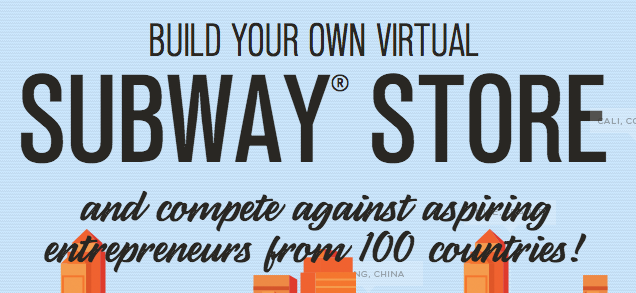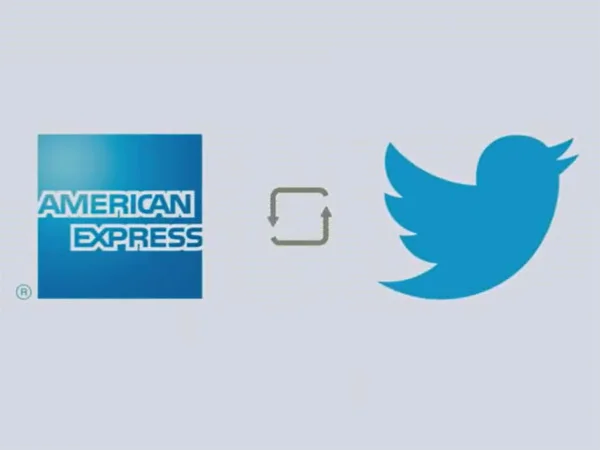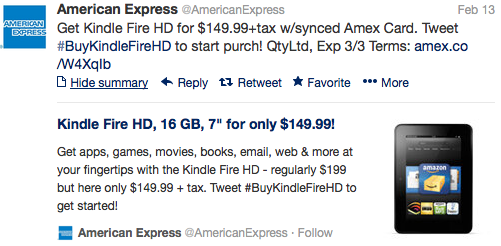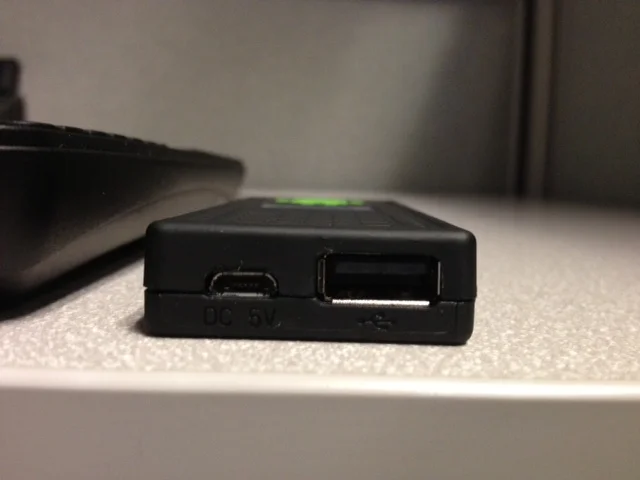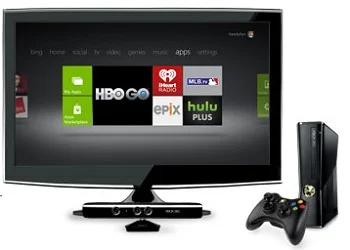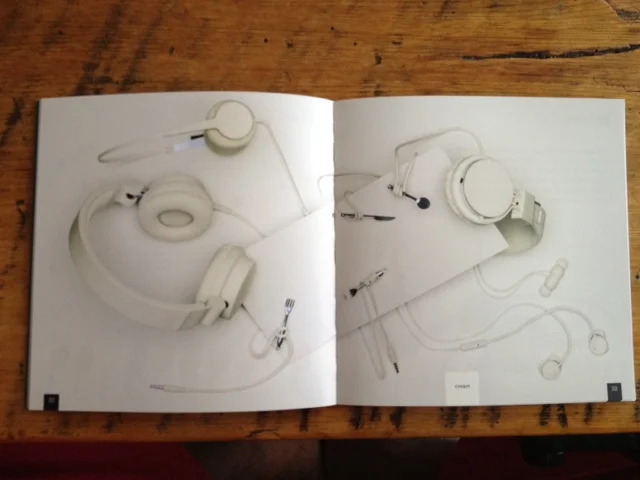I love how creative companies are getting with their content marketing. This latest example by Subway is one I find particularly brilliant.
Subway has designed a new online contest where anyone can virtually build and run a virtual Subway store. Contestants will go through various challenges and be rewarded for completing these challenges and according to a PSFK article:
Five winners will receive an all-expense paid trip to the U.S. to meet founder Fred DeLuca and the global executive team, attend a special session of University of Subway, and get a VIP tour of the HQ.
What can content marketers learn from this?
1. Build it and allow them to come - The brilliance of this contest from a content marketing perspective is that the majority of the content is not coming from Subway but instead from contestants (users). Subway has ingeniously figured out how to create an entire campaign around user-generated content. In order to do something like this, brands need to spend time thinking about the platform that users will create the content on.
2. Educate your audience - The really neat part about this contest is that it may actually educate the consumer on the process behind running a Subway restaurant or even just the process around running a franchise in general. Regardless of whether or not you're a Subway fan, if you have any interest in entrepreneurship ... this could potentially be something you engage with.
Make social easy.
3. Make it inherently social - If the content is engaging enough, people would find value in sharing that with others ... so make it easy for them to do that. Subway has done a great job with this by using social sharing buttons and easy calls to action. Consider building a platform with social in mind as opposed to adding in a social layer after you've got the core of the platform built.
Subway's approach to content marketing: Engaging, educational and social.
Three traits worth emulating.

